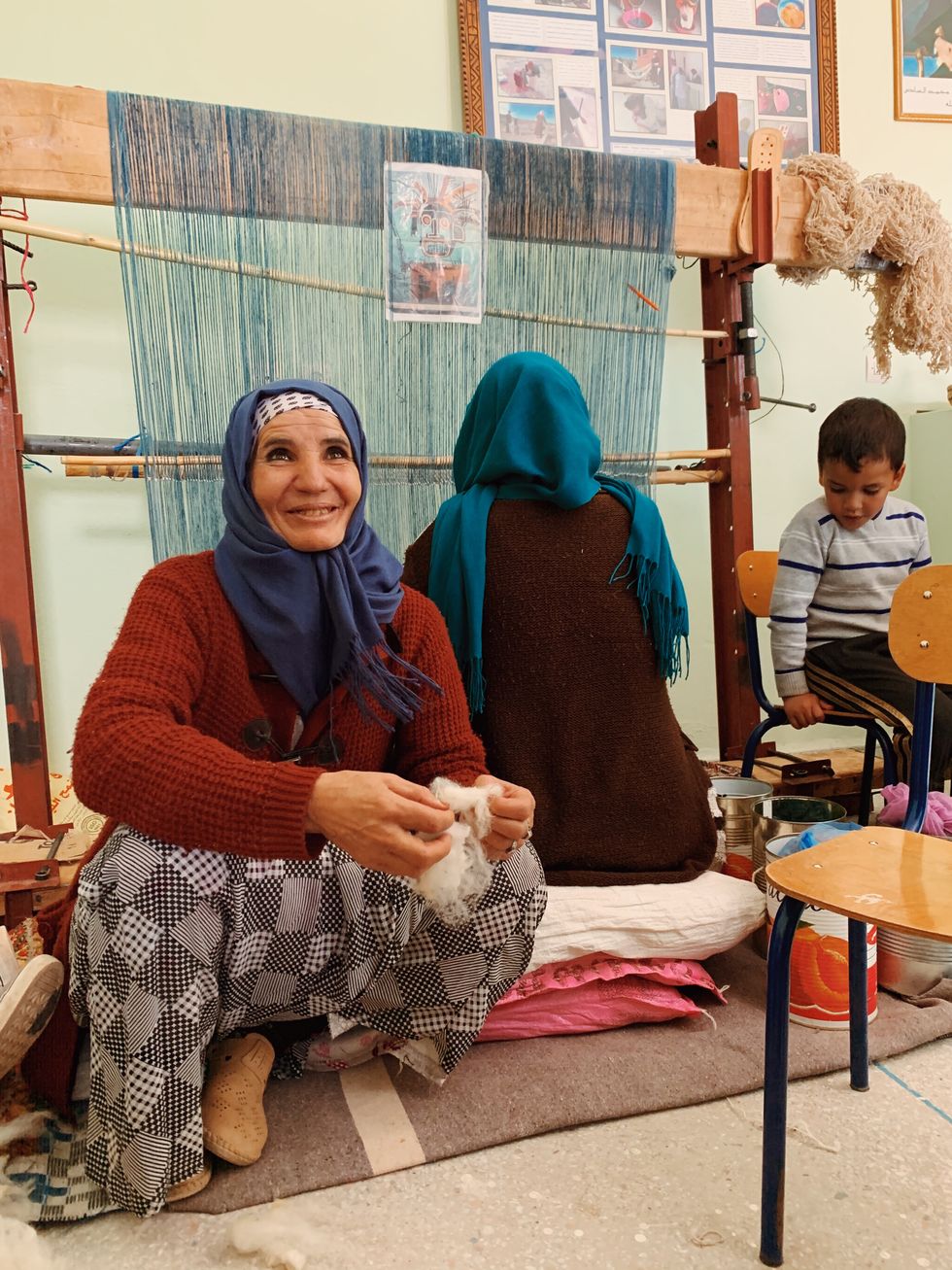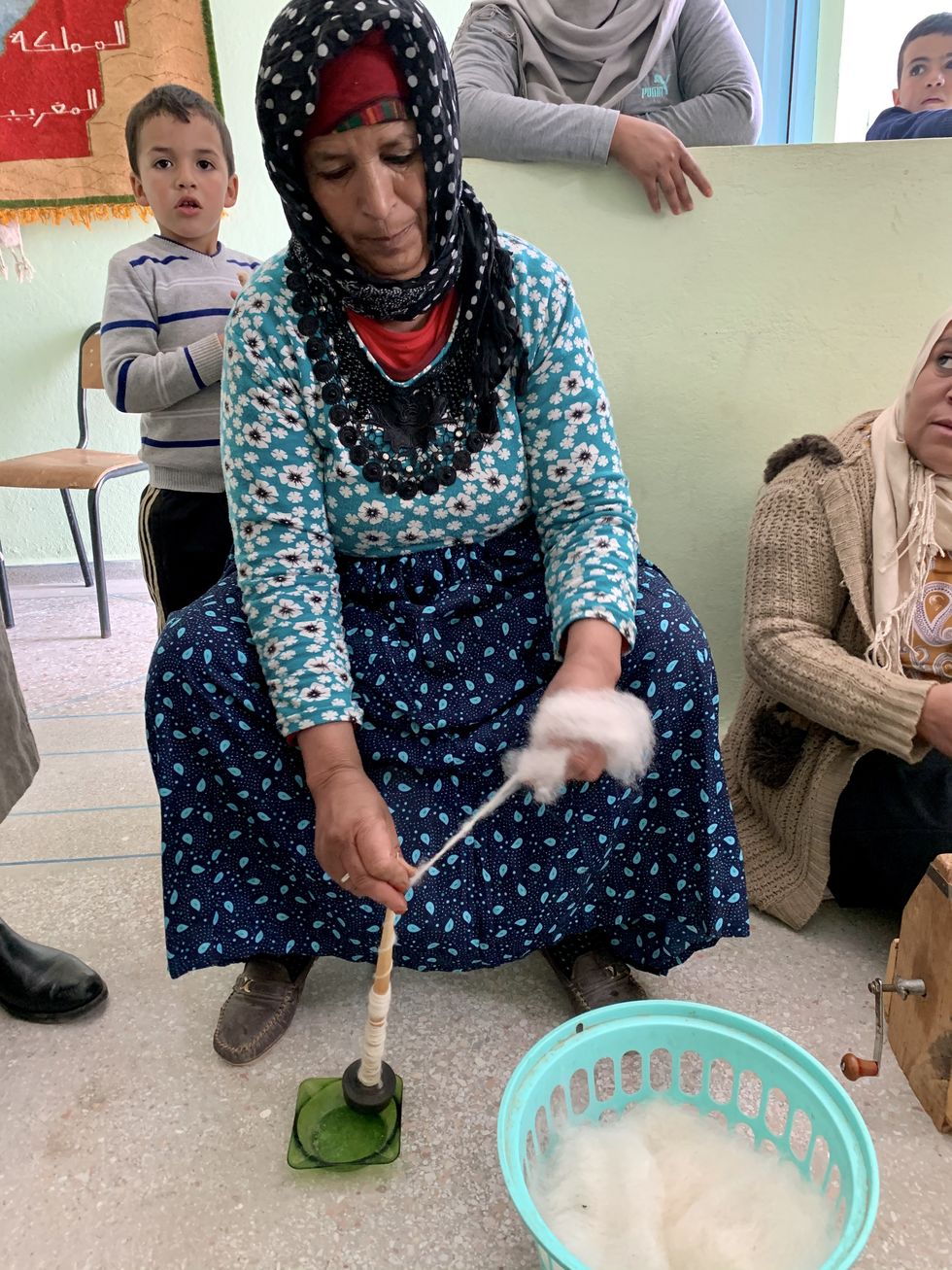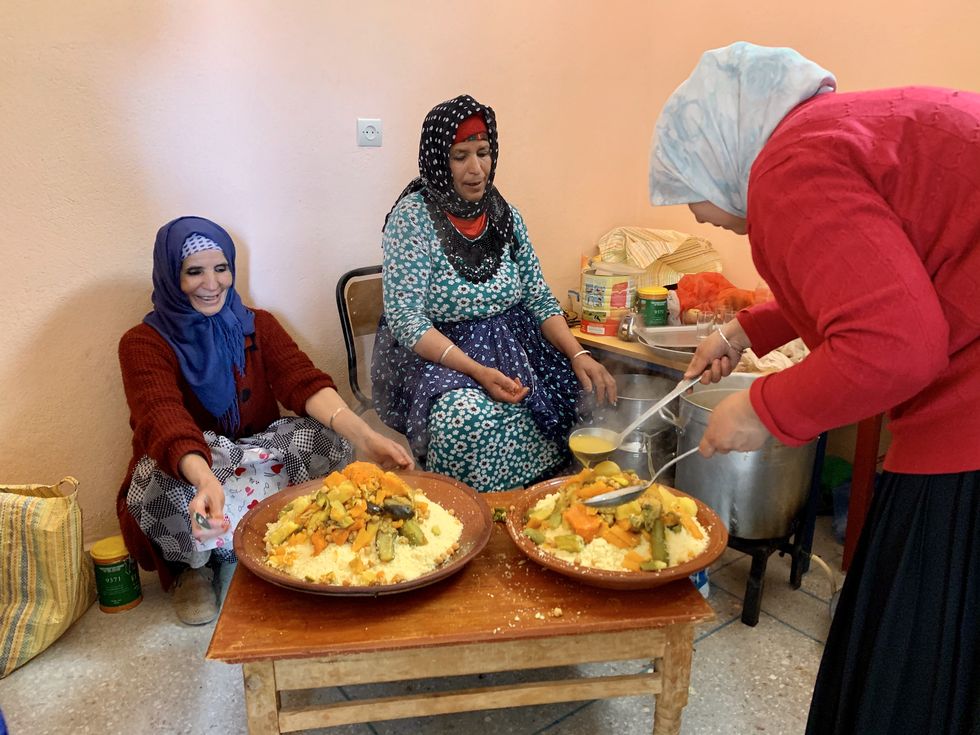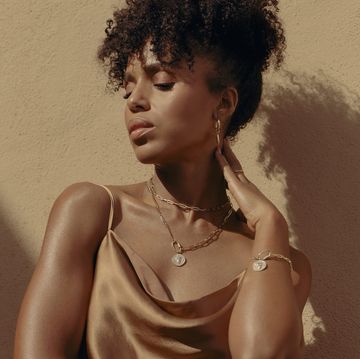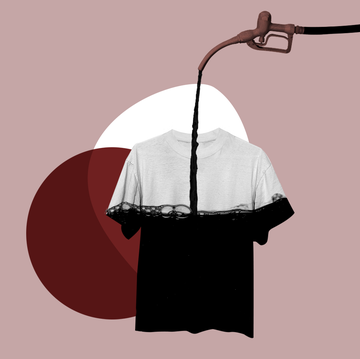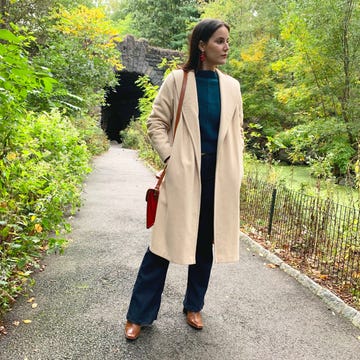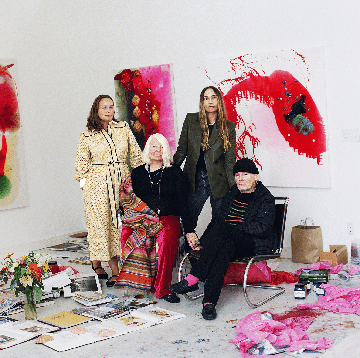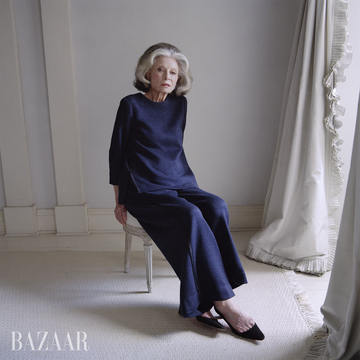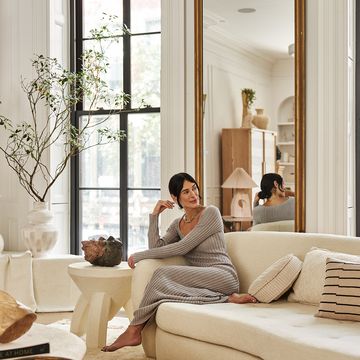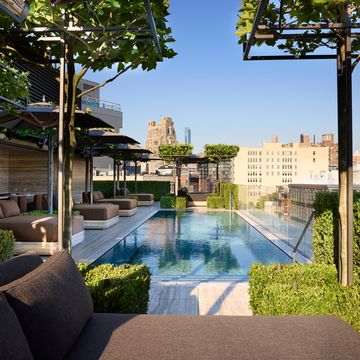Rugs are a lot like jewelry. In your 20s, you collect trendy, mass-produced pieces made from inexpensive materials. You shop without thinking about the social, economic, or environmental implications of what you’re buying. How it was made—or who made it—is of little importance; only its affordability matters. Usually, you discard or lose the piece within a year. It carries no real value to you. You view it as disposable.
In your 30s, things start to shift. You begin to understand the value of high-quality, handcrafted items. The materials used, along with its environmental impact, is of greater importance. Will it last? is a question that informs your purchase—it’s an investment, an heirloom even; something you hope to pass down to your future children.
At 32, I consider myself in the graduation phase of this process. With sustainability top of mind, I no longer search Wayfair, Zara, or even West Elm for the cheapest prices on mass produced products. Instead, I seek out artisanal pieces that I save up for, pieces I plan to keep for decades. Still, nothing—not even experience in making my own handmade jewelry—could have prepared me for the moment I saw a handwoven Moroccan rug on a wooden loom, realizing that every. single. knot. is meticulously hand-tied, and each piece of yarn is hand-spun. At that moment, I ceased to see a rug. Instead, I saw the hands of the women who touched every inch of it, weave-by-weave.
This is exactly what Salam Hello founder Mallory Solomon wants you to see when you look at one of her rugs. Crafted deep in the Atlas Mountains, five hours southeast of Marrakesh in a Berber women’s weaving association called Association Anezal, Salam Hello rugs can take anywhere from two to 17 months to complete.
Made from 100 percent live sheep wool (less prone to shedding, says Solomon) and dyed using all-natural ingredients (yellow and orange dyes are made from saffron, red and pink come from henna or pomegranate, blue is derived from indigo, and green shades come from mint and alfalfa), each rug is crafted from start to finish by a single artisan using a wooden loom and hammer comb.
Wool in the Berber tradition is considered lucky, explains Solomon, who first visited Morocco in 2018 and now splits her time between Brooklyn and Marrakech, where she travels into remote villages to buy her one-of-a-kind rugs, blankets, and pillows directly from Berber women whose ancestors began hand-weaving textiles in 600 BC. Each rug, inspired by the colors of Morocco, features matriarchal designs with symbols believed to ward off evil—a tradition passed down from generation to generation.
“In more traditional rug design, the symbolism is often a wish or depiction of the artisan’s life,” says Solomon, adding that the next generation of artisans finds inspiration in other sources, like the natural landscapes around them.
One Beni Ourain rug, for example, featured in Salam Hello’s second collection which launched January 24, features three zig zag lines that represent the nomad tents of the weaver's village people. Diagonal lines symbolize children growing up and leaving their homes, while diamonds at the bottom of the rug represent the creative and stable lives the families wish for their children. Dots throughout the rug symbolize the village garden. Handwoven by Haja Touda in the Todgha Gorge village, this specific rug—priced at $3,450— took 12 months to make, using a combination of henna, indigo, mint, alfalfa and saffron for the vibrant colors.
Unlike other rug import companies that use brokers or middlemen to purchase rugs from these female weavers, Salam Hello sources everything directly from the artisans, paying their initial asking price for each rug. According to Solomon, male brokers haggle over the weavers’ asking price, and eventually, the weavers, who are often isolated living in rural villages with no access to transportation, will agree to sell their rugs for a fraction of the cost they initially quoted. The male brokers then spike the rug price in city centers like Marrakesh, which is where many American retailers source their rugs from. Solomon is trying to stop this cycle of exploitation and inflated pricing.
“The weavers are usually at the mercy of these middlemen,” explains Solomon, who notes that some female weavers, tired of loosing money on their high quality rugs, are resorting to using synthetic materials to keep their costs down. “Instead,” she continues, “we meet the female weavers face to face and pay them the exact wage they ask for. We also involve the women in the negotiations and ask them to share their stories.”
Ultimately, Solomon hopes to help the Berber women expand their business beyond Salam Hello. She puts 10 percent of profits back into their communities and provides them with tools to support their rug-making.
On the day I visited Association Anezal with Solomon, I fell in love with a hand-knotted Zanafi style rug, handwoven by a female artisan named Malika, who crafted the rug using live wool and henna, pomegranate, saffron, indigo, alfalfa, and mint to give color to the rug’s symbols of protection.
Malika, known as the prankster of the Association, has an infectious and mischievous smile and is always trying to get her fellow weavers laughing. Over couscous and mint tea, her grin radiated every corner of the weaving room, and now, every time I look at her rug, it’s hard not to see that smile.

Olivia Fleming is the former Features Director at HarpersBAZAAR.com. Born in New Zealand, Olivia was raised with two basic beliefs: That deep respect for the earth is a given, and women are imperative to leading a successful, progressive country (two female prime ministers took office during her childhood). But after moving to New York in 2008, she quickly realized that her status quo was at odds with the rest of the world. In an effort to change that—and to legitimize women's duel interest in fashion, politics, and human rights—Olivia focuses on female storytelling. From long-form features and ambitious packages, to new podcast initiatives that elevate the magazine's content mix across platforms, she champions the stories no-one else is telling.

